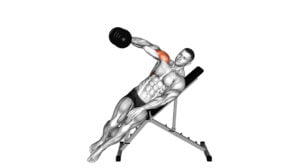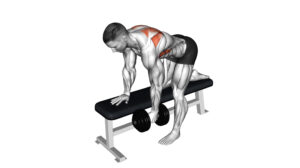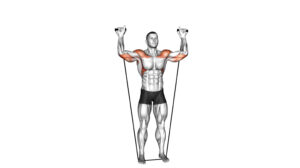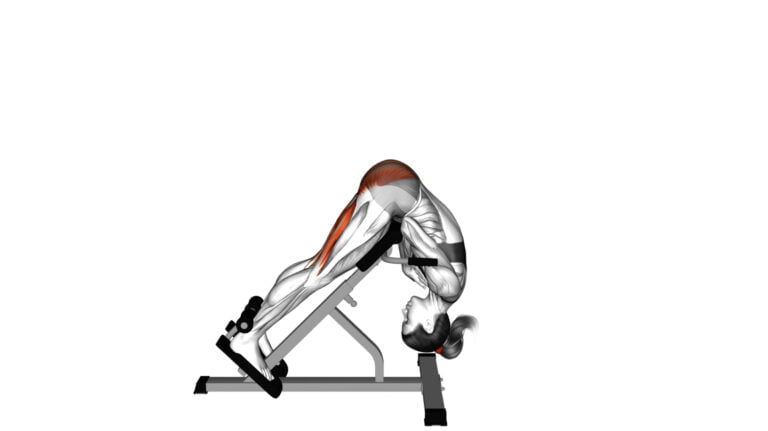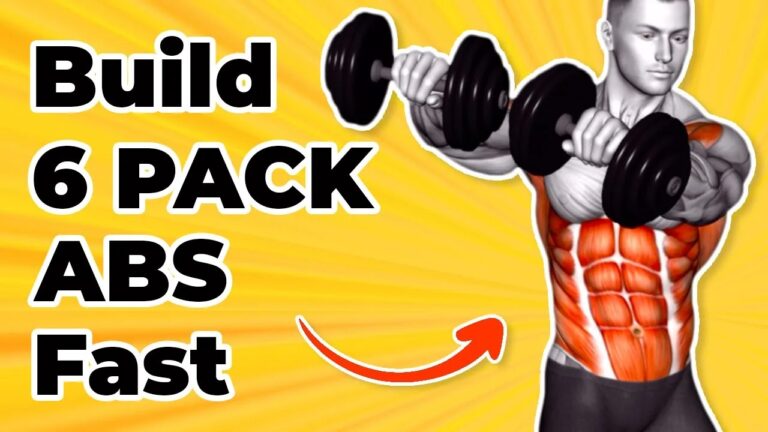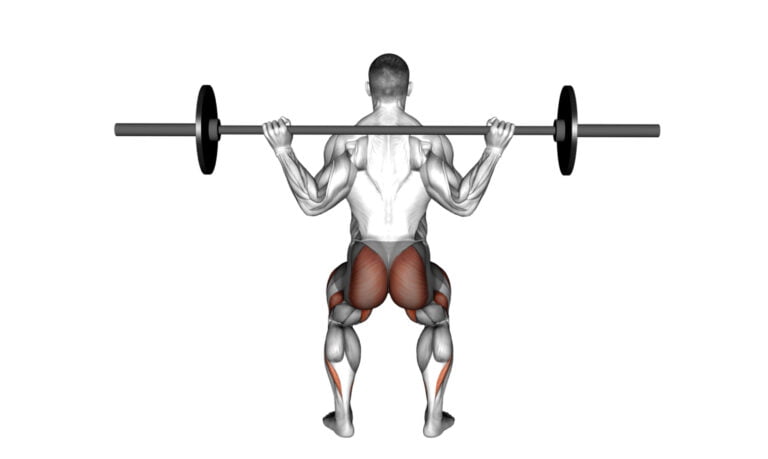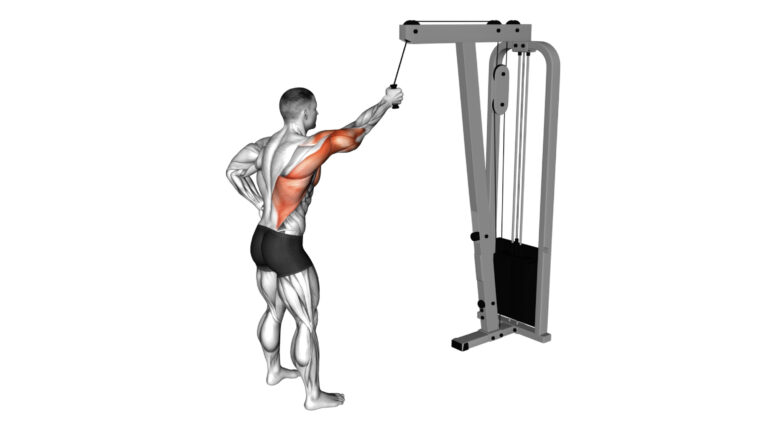10 Effective Quadratus Lumborum QL Muscle Exercises For Strengthening And Pain Relief
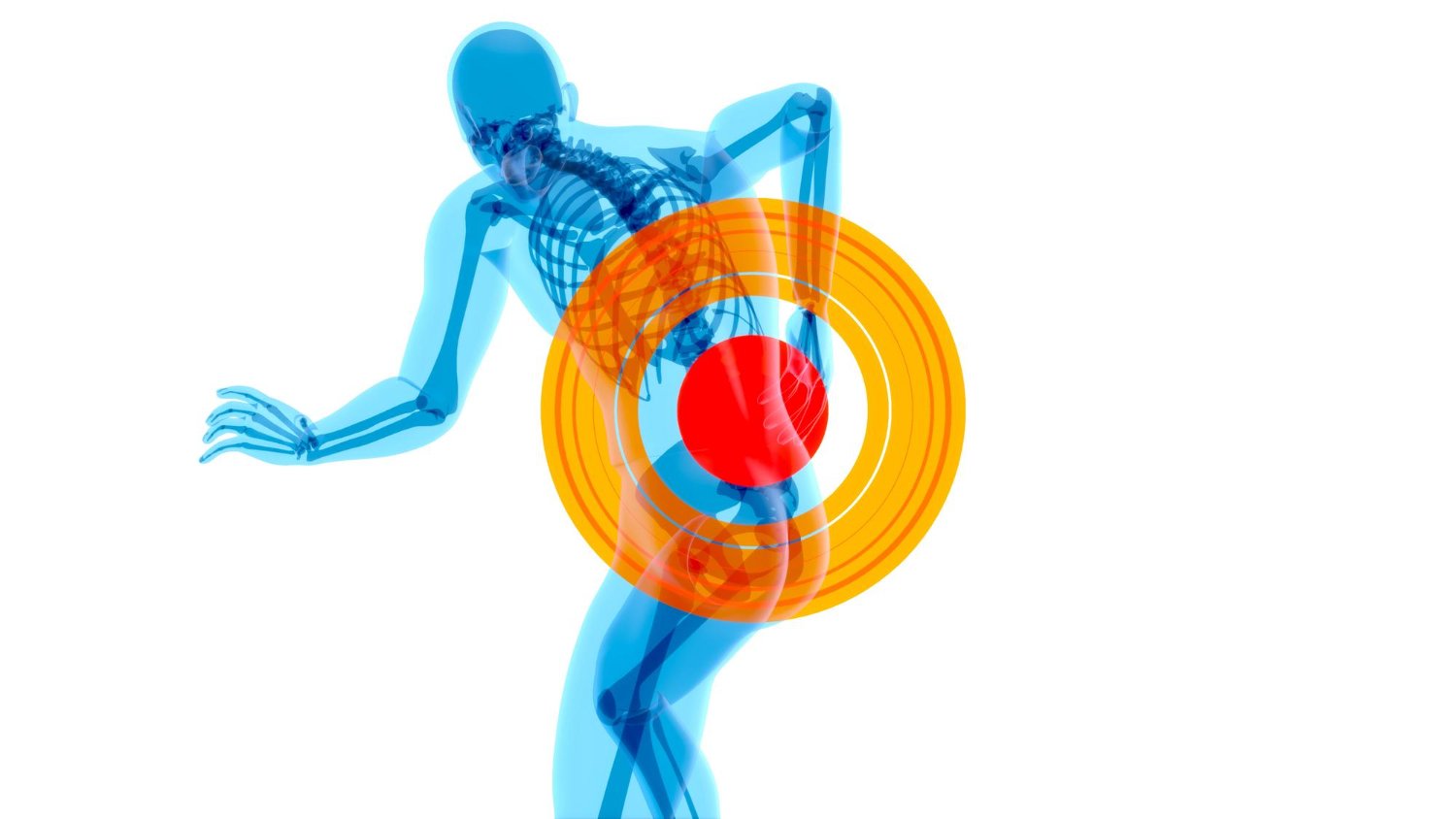
Tight lower back? You’re not alone. The quadratus lumborum, or QL muscle, can often be the hidden culprit behind that nagging lower back pain many of us experience. With my extensive background as a fitness trainer and rehabilitation specialist, I’ve seen firsthand how targeted exercises can transform discomfort into relief and strength.
Understanding the intricacies of your body’s deep muscles is crucial for both injury prevention and peak performance. This blog post will unlock the secrets to fortifying one of your core stabilizers: the quadratus lumborum muscle.

Brace yourself for empowerment—a stronger, more resilient back awaits!
Key Takeaways
- Regularly stretching and strengthening the quadratus lumborum (QL) muscle can relieve lower back pain and improve overall stability.
- Maintaining proper posture, employing good body mechanics, and listening to your body’s signals during activities can prevent QL discomfort.
- Consistent full – body exercises that engage the core are beneficial in supporting QL health and preventing potential injuries.
- Incorporating exercises like Bird Dog, Lying Floor Hyperextension with Towel, Around the World Superman Hold, Bent Knee Lying Twist, and Heel Glute Bridge targets the QL for better strength.
- If experiencing persistent or worsening pain in the lower back, consultation with a healthcare professional is essential for proper care.
Understanding the Quadratus Lumborum Muscle
The quadratus lumborum (QL) muscles are located on either side of the lower back and play a key role in stabilizing the pelvis, hips, and spine. Common causes of QL pain include poor posture, muscle imbalances, and overuse.
Strengthening and stretching exercises can help alleviate discomfort and maintain optimal function in this area.
Location and function
Tucked away in your lower back between your last rib and the top of your pelvis, the quadratus lumborum muscle plays a pivotal role. This deep muscle is vital for stabilizing and aligning the spine and pelvis while also being responsible for lateral flexion of the vertebral column.
It works with other core muscles to support everyday movements like bending sideways to pick something up or twisting to look behind you.
Engaging this key player helps maintain proper posture and reduces strain on surrounding muscles, which can prevent pain or discomfort from creeping into your hips, glutes, and pelvis area.
Strong quadratus lumborum muscles are essential not only for athletes who perform complex moves but also for anyone leading an active life. With strength in this area, tasks such as lifting heavy groceries become much safer for your low back.
Moving forward, let’s explore common causes that may lead to quadratus lumborum discomfort.
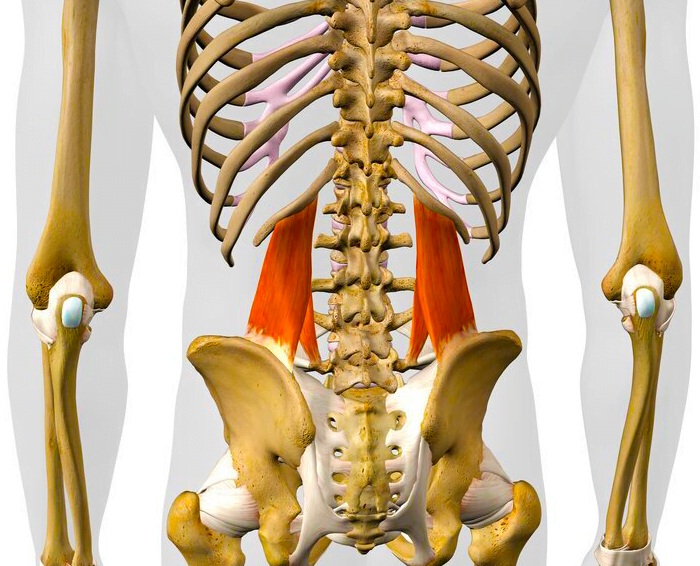
Common causes of pain and discomfort
Pain and discomfort in the quadratus lumborum muscle often stem from a few common sources. One of the primary culprits is prolonged sitting, which can lead to weakness and tightness in this crucial lower back stabilizer.
Poor posture compounds this issue, straining your ql muscles as they work overtime to counterbalance your slouch or lean. Repetitive movements such as twisting or bending, especially when lifting heavy objects like kettlebells or barbells, can also trigger pain by overworking or straining the muscle fibers.
Injuries are another significant cause; a sudden twist or pull might not just hurt in the moment but cause lingering soreness due to micro-tears in the tissue. Stress accumulates too, manifesting physically as tension knots known as trigger points within the ql muscle that radiate discomfort through your pelvis and spine region.
Regular exercise involving squats and deadlifts may contribute positively towards core strength but done incorrectly could exacerbate low back pain issues instead of alleviating them.
Understanding these causes can empower you with knowledge to safeguard against them through mindful practices like proper body mechanics during workouts and everyday activities.
Importance of strengthening and stretching
Strong quadratus lumborum muscles are key to maintaining a stable core, which is crucial for both daily activities and athletic performance. Without regular strengthening exercises, the QL can become weak, increasing the risk of injury and contributing to lower back pain.
Building strength in this area supports your spine, improves posture, and can enhance overall body mechanics.
Stretching is equally important as it enhances flexibility in the quadratus lumborum and connected areas like the abdominals and hamstrings. Good flexibility helps prevent muscle stiffness, allowing you to move more freely and with greater ease.
Regularly incorporating stretches into your routine not only alleviates tension but also promotes healthy blood flow throughout these muscles, aiding in recovery after exercising or a long day on your feet.
5 Effective QL Stretches
Stretching the Quadratus Lumborum (QL) muscle is crucial for relieving tightness and discomfort. These stretches target the lower back and side muscles to improve flexibility and reduce pain, helping you move more freely throughout your day.
1. Slopes Towards Stretch
To perform the Slopes Towards Stretch, stand with your feet shoulder-width apart. Place one hand on your hip and reach the other arm over your head towards the opposite side while leaning sideways.
Feel a gentle stretch along the quadratus lumborum muscle on the side of your body. Hold this position for 15-30 seconds before switching to the other side.
Engaging in regular slopes toward stretches can help alleviate tension and tightness in the quadratus lumborum muscle, promoting flexibility and reducing discomfort in the lower back area.
2. Standing Lateral Stretch
In a standing position, extend one arm overhead and reach towards the opposite side, creating a gentle stretch along the side of your torso. Hold this position for 15-30 seconds while maintaining steady breathing.
Slowly return to the starting position and repeat on the other side for balance.
To deepen the stretch, engage your core and actively reach through your fingertips, feeling a slight elongation along the entire lateral line of your body. This exercise helps in releasing tension in the quadratus lumborum muscle and improving flexibility in the waist area.
3. Standing reach up back rotation stretch
Transitioning from the Standing Lateral Stretch to the Standing reach up back rotation stretch, this exercise targets the quadratus lumborum and promotes flexibility in the spine. Begin by standing with feet shoulder-width apart.
Slowly raise one arm overhead while simultaneously twisting your torso in the opposite direction, feeling a gentle stretch along your side. Hold for 15-30 seconds then switch sides, aiming to perform 2-3 sets on each side.
This simple yet effective stretch can be easily incorporated into your routine and is particularly beneficial for individuals seeking relief from QL muscle tightness or discomfort.
4. Seated Lower Back Stretch
Transitioning from the standing reach up back rotation stretch, we move on to the seated lower back stretch. Sit on the edge of a chair with your feet flat on the floor and hip-width apart.
Keep your spine tall and gently twist to one side, placing one hand on the opposite knee and the other hand behind you for support. Hold this position for 15-30 seconds before switching sides to stretch both sides of your quadratus lumborum muscle effectively.
Next, while still sitting tall, bend forward at your waist as far as comfortable, reaching towards your feet or ankles. Hold this gentle stretch for 15-30 seconds while breathing deeply to help release tension in your lower back.
5. Kneeling Back Rotation Stretch
Having just stretched your lower back, it’s time to move on to the kneeling back rotation stretch. Begin in a kneeling position with hands placed lightly on the back of your head. Gently rotate your torso from side to side, feeling a deep stretch through the quadratus lumborum muscle with each movement.
Focus on keeping your hips stable and facing forward as you twist, aiming for a smooth and controlled motion.
Once you feel the gentle stretch through your lower back and sides, hold the position for 15-30 seconds before returning to center and repeating on the other side. This exercise helps improve flexibility in the QL muscles while also promoting mobility in the thoracic spine.
5 Effective QL Strengthening Exercises
Strengthening the quadratus lumborum muscle is crucial for maintaining a healthy lower back and preventing pain. Incorporating exercises like Bird Dog, Lying Floor Hyperextension with Towel, Around the World Superman Hold, Bent knee Lying Twist, and Heel Glute Bridge can help to build strength and stability in this area.
1. Bird Dog
Engage your quadratus lumborum with the Bird Dog exercise. Start on all fours, then lift one leg straight back while extending the opposite arm forward. Hold for a moment before returning to the starting position.
This exercise promotes core stability and strengthens the lower back, helping alleviate QL muscle discomfort.
2. Lying Floor Hyperextension with Towel
Lie on your stomach with a towel positioned under your hips. Keep your arms at your sides and lift your chest off the floor, using the towel for support. Hold this position briefly before lowering back down.
This exercise targets the quadratus lumborum muscle, helping to strengthen and stabilize the lower back.
By incorporating lying floor hyperextension with a towel into your routine, you can effectively engage and strengthen the quadratus lumborum muscle while also improving overall core stability and reducing lower back discomfort.
3. Around the World Superman Hold
To perform the Around the World Superman Hold, lay face down on a mat with your arms extended straight in front of you. Next, lift your chest and legs off the ground while maintaining a straight back.
Then, slowly rotate to one side, holding for a few seconds before returning to the center and rotating to the other side. Effectively engaging not only your quadratus lumborum but also your lower back and obliques.
Engaging in this exercise helps strengthen and stabilize multiple muscle groups simultaneously. It promotes better overall posture as well as improved core strength which contributes to better support for everyday movements.
4. Bent knee Lying Twist
Transitioning from the core-strengthening exercise of “Around the World Superman Hold,” you can move onto the effective Bent Knee Lying Twist. Lie on your back with your knees bent and feet flat on the floor, then gently lower both knees to one side, keeping your upper body facing forward.
Return to center and repeat on the other side. This movement targets the quadratus lumborum muscles, helping to alleviate tightness and discomfort while promoting flexibility in your lower back.
Engaging in Bent Knee Lying Twists regularly as part of a comprehensive QL strengthening routine can lead to improved posture, reduced risk of injury, and increased overall mobility.
5. Heel Glute Bridge
The heel glute bridge is a simple yet effective exercise that targets the glutes and provides significant benefits for the quadratus lumborum muscle. To perform this exercise, lie on your back with your knees bent and feet flat on the floor.
Engage your core and lift your hips off the ground while keeping your weight in your heels. Hold this position briefly before lowering back down. This exercise helps strengthen not only the glute muscles but also engages and supports the quadratus lumborum, promoting overall stability in the lower back.
By incorporating the heel glute bridge into your routine, you can effectively target and engage the quadratus lumborum muscle while also strengthening surrounding muscles to support a stable lower back.
It’s an essential addition for anyone looking to relieve pain and discomfort associated with this area while enhancing overall strength and stability in their core.
Tips for Managing and Preventing QL Pain
Consistency in stretching and strengthening routines is key to managing and preventing QL pain, along with maintaining proper posture and body mechanics. Listening to your body, incorporating core and overall body exercises, and consulting a healthcare professional if pain persists are also important steps in managing QL pain effectively.

Consistency in stretching and strengthening routines
Consistency in stretching and strengthening is crucial for maintaining QL muscle health. Regularly performing these exercises helps to improve flexibility, reduce muscle tension, and prevent injury.
It’s important to incorporate these routines into your daily or weekly schedule to see significant improvements over time.
Maintaining consistency with these exercises ensures that the QL muscles are being properly cared for, which can lead to a reduction in pain and discomfort. By integrating stretching and strengthening into your routine, you’re taking proactive steps towards better overall musculoskeletal health.
Proper posture and body mechanics
Maintaining proper posture and body mechanics is crucial for the health of your quadratus lumborum muscle. When sitting or standing, keep your shoulders back and relaxed, and engage your core muscles to support your lower back.
Avoid slouching or leaning to one side as this can strain the QL muscles. When lifting heavy objects, bend at the knees and hips rather than using your back. Additionally, be mindful of your body alignment during physical activities such as exercising or bending forward to prevent unnecessary stress on the QL muscle group.
Moreover, being conscious of ergonomics in everyday activities is essential for protecting the QL muscles from overexertion. Pay attention to how you sit at a desk, stand while cooking, or even sleep in bed – ensuring that your spine is properly aligned and supported will relieve undue pressure on these important stabilizing muscles.
Listening to your body
Transitioning from maintaining proper posture and body mechanics, it is crucial to listen to your body as you engage in quadratus lumborum muscle exercises. Pay attention to any discomfort or pain during stretches and strengthening routines.
Adjust the intensity or range of motion based on your body’s cues, ensuring that you do not push yourself beyond your limits. This mindfulness will help prevent injuries and optimize the effectiveness of the exercises, promoting a healthy qL muscle.
Regularly assess how each exercise feels, taking note of areas that may require modification or additional support. Be attuned to your body’s response and make necessary adjustments for a more personalized approach to strengthen and relieve tension in the qL muscle.

Incorporating core and overall body exercises
Engage in core and full-body exercises to promote overall strength and stability. Incorporate planks, squats, lunges, and deadlifts to target multiple muscle groups simultaneously.
These exercises not only support your quadratus lumborum (QL) but also contribute to improved posture and enhanced functional movement patterns.
By integrating core and compound movements into your routine, you can build a strong foundation that complements the targeted QL stretches and strengthening exercises. Prioritize activities that engage various muscle groups while emphasizing proper form to maximize the benefits for your QL health.
Consulting a healthcare professional if pain persists or worsens
If pain persists or worsens, seeking advice from a healthcare professional is crucial to ensure proper diagnosis and treatment. Ignoring persistent or worsening pain may lead to further complications, so it’s important to address any concerns promptly.
A healthcare professional can conduct a thorough assessment, provide personalized recommendations, and offer appropriate interventions tailored to your specific condition. Seeking their expertise can help you manage discomfort effectively and prevent potential long-term issues related to the quadratus lumborum muscle.
Conclusion

In conclusion, incorporating these 10 effective ql muscle exercises into your routine can lead to significant improvements in strengthening and pain relief. Consistency is key in ensuring practicality and efficiency of these strategies.
By focusing on proper posture, regular stretching, and consulting healthcare professionals when needed, individuals can experience the potential impact of a healthier quadratus lumborum muscle.
Remember to listen to your body and seek additional guidance or resources for continued learning beyond this article. Let’s embark on this journey towards stronger and more comfortable living!
FAQs
1. What are QL muscle exercises good for?
QL muscle exercises strengthen your lower back and can help relieve pain around your pelvic area, sacrum, and vertebrae by targeting the quadratus lumborum muscle.
2. Can these exercises help with a herniated disc?
Regularly practicing QL stretches, such as gentle yoga poses or deep breathing techniques, may reduce discomfort from herniated discs by improving flexibility and endurance in the back muscles.
3. How do I properly warm up before doing QL exercises?
Start with simple warm-up movements like neck rolls or arm circles to get your rib cage expanding and blood flowing to the muscles you’ll be working on – this preps your body for exercise and helps prevent injury.
4. Are there specific breathing exercises that benefit the QL muscle?
Yes! Focus on controlled breathing exercises where you deeply inhale through the nose to expand your diaphragm fully then exhale slowly through pursed lips; this activity engages your transversus abdominis which works together with the QL.
5. Could trigger point therapy complement my regular QL workout routine?
Integrating trigger point therapy into your regimen targets sensitive areas in the quadratus lumborum to release tension, promoting better movement during exercising routines like push-ups or hyperextensions.
6. Which yoga poses specifically target strengthening of my Quadratus Lumborum?
Engage in yoga poses such as child’s pose or side plank that require stabilizing core engagement – these focus on stretching and strengthening both sides of your lumbar region effectively.

Author
Years ago, the spark of my life’s passion ignited in my mind the moment I stepped into the local gym for the first time. The inaugural bead of perspiration, the initial endeavor, the very first surge of endorphins, and a sense of pride that washed over me post-workout marked the beginning of my deep-seated interest in strength sports, fitness, and sports nutrition. This very curiosity blossomed rapidly into a profound fascination, propelling me to earn a Master’s degree in Physical Education from the Academy of Physical Education in Krakow, followed by a Sports Manager diploma from the Jagiellonian University. My journey of growth led me to gain more specialized qualifications, such as being a certified personal trainer with a focus on sports dietetics, a lifeguard, and an instructor for wellness and corrective gymnastics. Theoretical knowledge paired seamlessly with practical experience, reinforcing my belief that the transformation of individuals under my guidance was also a reflection of my personal growth. This belief holds true even today. Each day, I strive to push the boundaries and explore new realms. These realms gently elevate me to greater heights. The unique combination of passion for my field and the continuous quest for growth fuels my drive to break new ground.





